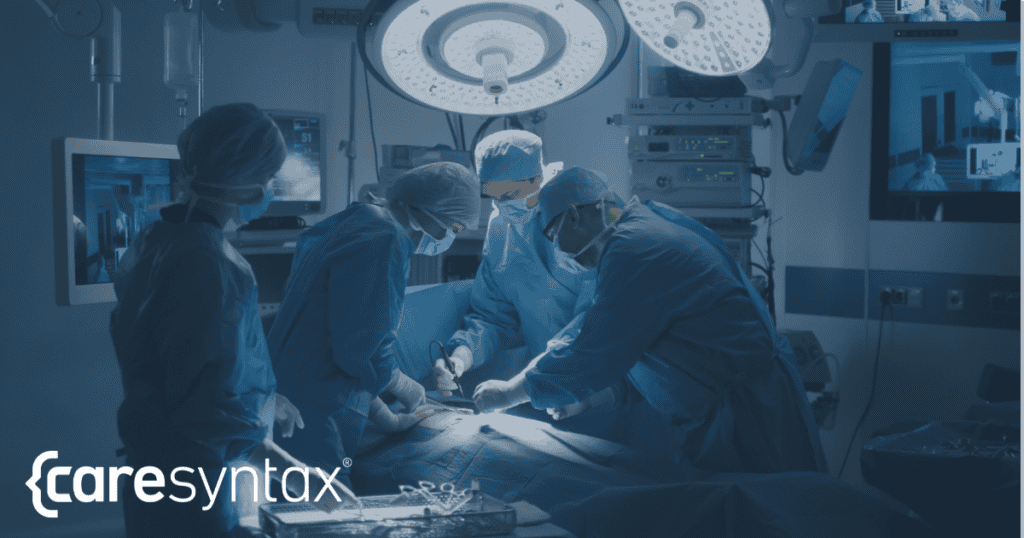Within the expansive growth of telepresence in recent years, real-time remote consultation capabilities have advanced at a similar pace, both out of necessity and by innovation. The application of remote consultation through telepresence is a significant step forward for surgical care, offering amongst other possibilities, increased efficiency in surgical practices, and expanded access to expertise and training.
The Key Benefits of Telepresence
Improved Surgical Outcomes
- Dynamic Communication: Telepresence supports seamless, real-time communication between surgeons, the on-site surgical team, and other geographically dispersed healthcare providers or specialists.
- Reduced Complications: Through telepresence, experts can provide simultaneous guidance allowing surgeons to make more informed decisions and reduce the likelihood of errors and post-operative complications.
- Robust Collaboration: Remote consultation simplifies multidisciplinary collaboration and enables the sharing of patient information, medical records, and diagnostic results among care team members; particularly beneficial for intricate surgical cases that require immediate discussions and decision-making. It, leading to more coordinated and comprehensive patient care
- Visual Assistance Capabilities: Remote aids such as telestration, enabling annotation on a live video stream, can help surgeons focus on critical tasks during operations, promoting better overall performance.
Broader Access to Expertise
- Geographical Flexibility: Telepresence allows surgeons in remote or underserved locations to more easily access specialized skills without requiring patient transfers.
- Democratization of Rare Case Knowledge: Expanded access to rare procedures, overcoming the limitations of traditional surgical training, and exposing more surgeons to diverse case experiences.
- Improved Confidence and Proficiency: Surgeons can be mentored remotely in real-time to build confidence and technical skills over a shorter time frame.
Enhanced Training and Mentorship:
- Real-World Skill Development: Telepresence gives the ability to provide continuous, hands-on mentorship that can help surgeons gain practical experience in real-time.
Operational Efficiency and Cost Savings
- Easier Scheduling: Telepresence minimizes the need for non-essential personnel,,so schedules are easier to build and coordinate.
- Shorter Surgeries: Surgeons can consult instantly without leaving the OR, saving time during procedures.
- Remote Vendor Support: Medical technology vendors can provide support without physically being present, reducing associated costs and logistical challenges.
- Better Decisions: Great surgeons are defined by their decision-making, gained through years of experience. Telepresence gives every team instant access to surgical excellence—bringing more expertise into every procedure.
Reduced Environmental Impact
- Lower Carbon Footprint: Decreases the need for travel, reducing the environmental impact associated with conferences, training, and on-site consultations.
- Sustainability in Healthcare: The use of telepresence supports broader healthcare sustainability goals by cutting down on physical presence requirements and associated resource consumption.
Potential Concerns in Telepresence
Latency Issues
- Delays in transmitting and receiving video feeds could disrupt the real-time nature of guidance in surgical decision-making.
- Latency can potentially be caused by distance between surgeons and remote experts.
- Insufficient network bandwidth can lead to delays in data transmission.
- Ideally, networks require latency of less than 200 milliseconds to minimize the potential disruptions to remote guidance.
Investment Cost and Infrastructure Challenges
- High implementation costs and the need for high-speed telecommunications may present barriers for smaller healthcare facilities or exceedingly remote regions.
Regulatory and Legal Complexities
- Frameworks around medical liability, patient privacy, and cross-border practice are still evolving and may pose potential challenges for wide-scale implementation.
Cybersecurity and Privacy Risks
- Protecting patient data and maintaining secure connections are critical to prevent breaches that could compromise sensitive health information.
Technical Vulnerabilities
- Software glitches and hardware malfunctions can disrupt reliable telepresence; constant focus is required to minimize the likelihood of such occurrences.
- Network failures, however rare, could affect the efficiency of telepresence sessions, potentially compromising patient safety.
Dependency and Skill Development
- Over-reliance on expert guidance could inhibit the development of independent decision-making and surgical judgment among less experienced surgeons.
Concluding Thoughts
New technologies enable instant, multimodal communication across surgical settings. This makes real surgical collaboration possible and opens new frontiers in care—ultimately improving surgical outcomes. Expert support becomes immediately accessible in every procedure, delivering lasting value to surgical teams.

